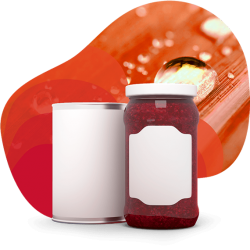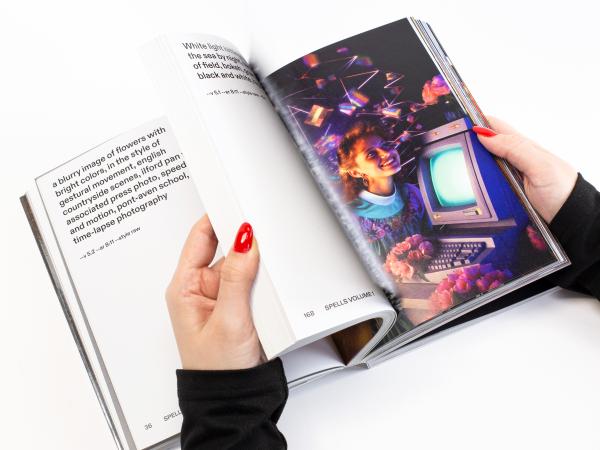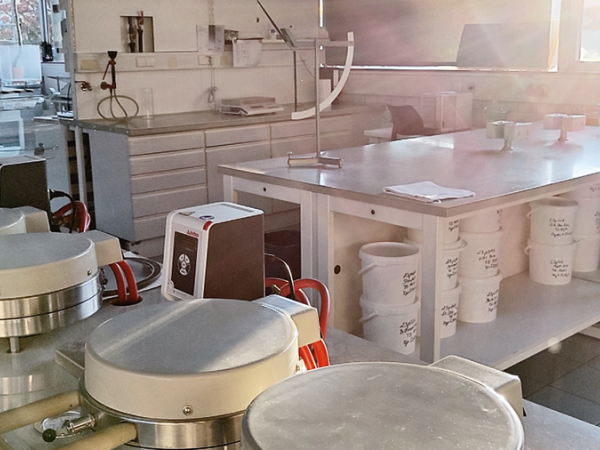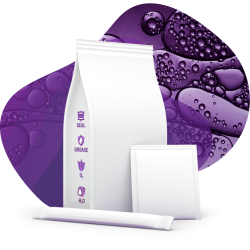
Why the future of packaging is AI-powered and super smart
Tech-powered change is already underway in the packaging industry – with AI and smart packaging at the forefront

For the past few years, the twin technologies of artificial intelligence (AI) and smart packaging have been starting to reshape the packaging industry. “I think it’s fair to say AI is the defining technology of our generation,” says Katie King, a leading AI strategist and author – specifically referring to packaging.
Beyond automation with AI
AI mimics human cognitive functions such as learning, problem-solving and pattern recognition through algorithms and data processing. Unlike basic automation, which follows fixed instructions to complete repetitive tasks, AI systems can make decisions and improve over time without being explicitly programmed for each scenario. AI is distinct in its ability to handle unpredictability and ambiguity in ways that traditional automation cannot.
The packaging industry is naturally eager to harness AI to drive growth and efficiency. According to a McKinsey survey released at the end of 2024, 95% of paper and packaging executives believe their companies should invest in AI. The respondents were keen on using AI to help with innovation and R&D – a key driver for growth in the packaging industry.
Instead of taking weeks to create new designs that require multiple tests, AI can generate hundreds of designs in minutes and virtually test them. Designs can also be tweaked for specific markets or supply chain issues. Importantly, AI can reduce costs through material optimization – precisely calculating the minimum material needed to maintain structural integrity.

Beyond the production process, AI can also collect and sift through large amounts of data to identify customer behaviour and trends – and so cut down on expensive and time-consuming A/B testing. Most eye-catchingly, AI can be utilised to create bespoke designs with location-specific or personalised messaging.
AI can also learn from customer feedback data to adapt packaging that is easily damaged or inefficient. Amazon uses machine learning models for precisely this purpose, so reducing shipment damage by 24% and cutting shipping costs by 5%.
The advantages of smart packaging
Smart packaging integrates digital technology and sensors into product containers in order to offer functionality beyond protection and containment.
Radio-frequency identification (RFID) tags embedded in smart packaging transform inventory management and supply chain visibility by transmitting location data wirelessly without requiring line-of-sight scanning (such as bar codes). Brands can track products with pinpoint accuracy from manufacturing through distribution to retail shelves, preventing losses, authenticating merchandise, detecting theft and providing consumers with transparency about product origins and journeys.
Near-field communication (NFC) chips and QR codes transform ordinary packaging into an interactive digital portal, bridging physical products with online experiences. By simply tapping their smartphones to NFC-enabled packaging or scanning a QR code, consumers gain instant access to detailed product information, usage tutorials, promotional videos or personalized content based on their preferences and purchase history. Additionally, these digital touchpoints generate valuable data on consumer interaction patterns and create new marketing channels that can be updated remotely without changing the physical packaging.
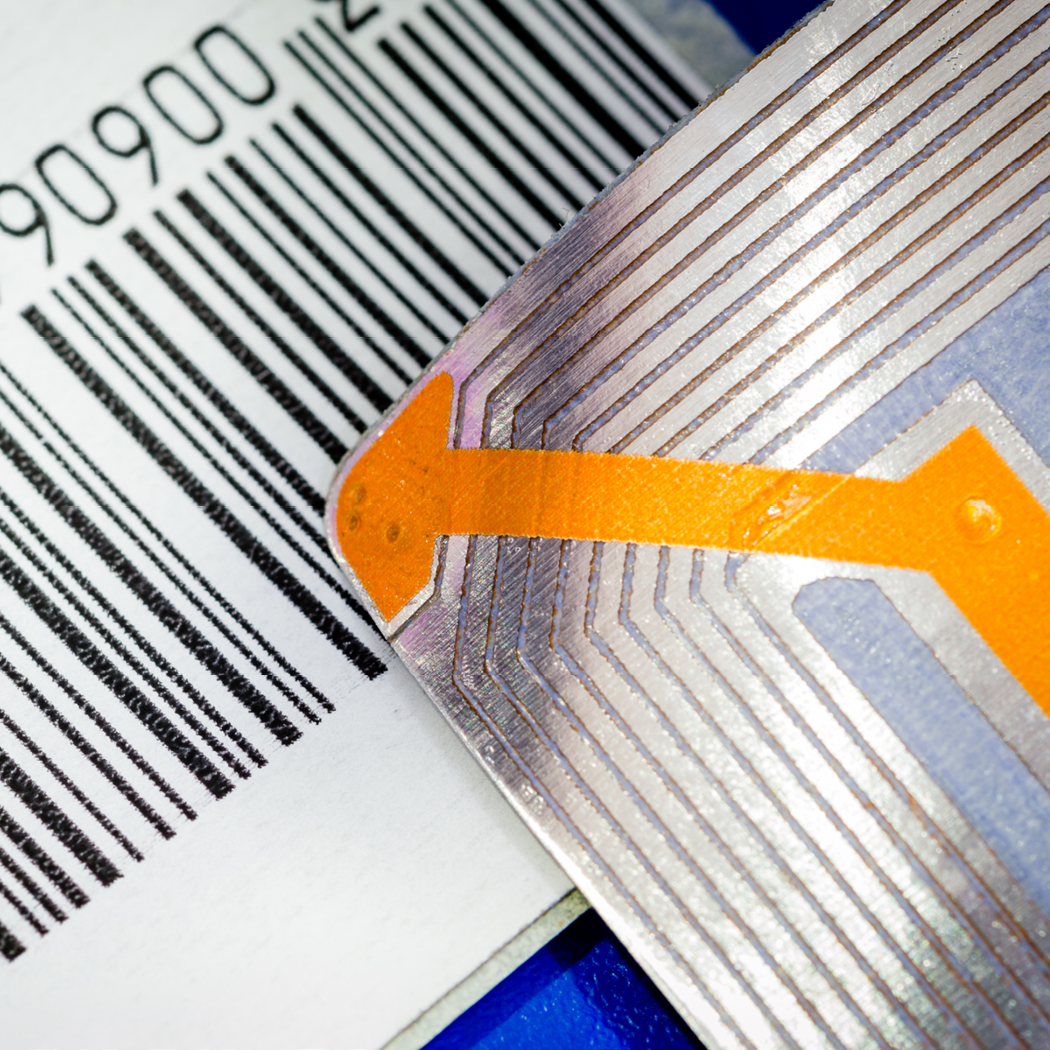
Other sensors can monitor temperature, moisture and volatile compounds (an indicator of spoilage) in packages to determine the state of food, drinks and other sensitive products. Data can be tracked continuously and sent to logistic managers who can proactively respond to potential issues by rerouting shipments or adjusting storage conditions.
Smart packaging, using the likes of RFID tags and NFC chips, is also seen as a vital tool to comply with the European Union’s Extended Producer Responsibility regulations and the Packaging and Packaging Waste Directive (PPWR), which place greater responsibility on manufacturers for end-of-life management. For example, AI-powered image recognition systems can detect and sort different packaging materials at waste facilities. While embedded RFID or digital watermarks in packages can provide detailed material composition data to optimise recycling processes.
Though there remain challenges to implementing AI and smart packaging technologies – privacy concerns, regulatory obligations and cost to name three – there are huge potential business advantages. The McKinsey study concludes that companies who develop an AI strategy now will gain a competitive edge.
King is a little more blunt. “Companies that are hesitant or burying their heads in the sand must wake up now and see its far-ranging benefits,” she says. Nor does adoption need to be overwhelming. “By focusing on small proofs of concept and aligning strategies with clear goals, companies can pave the way for impactful AI adoption tailored to their unique needs and ambitions.”

